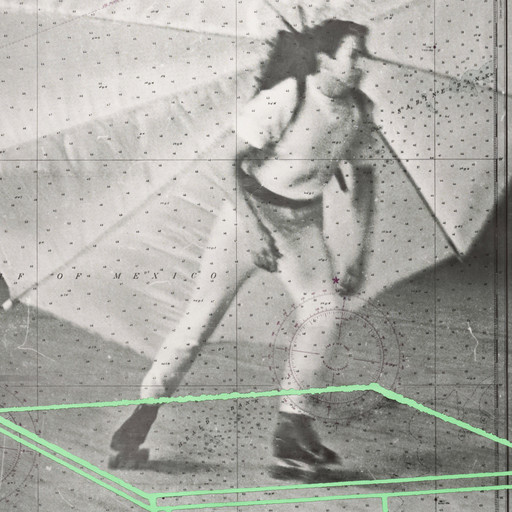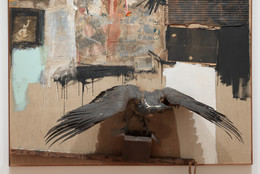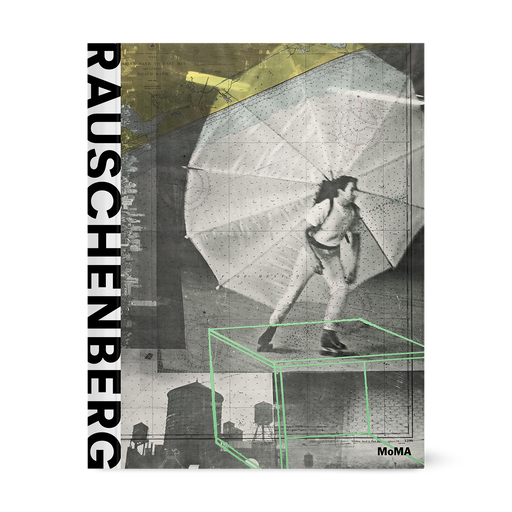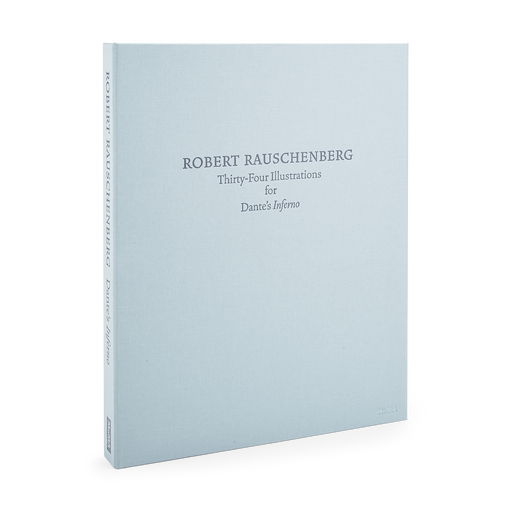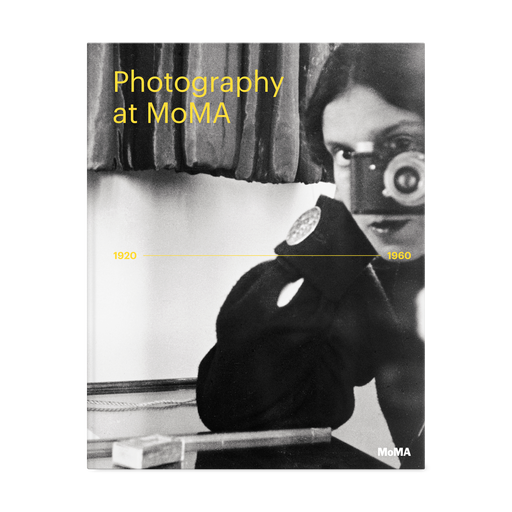“I think a picture is more like the real world when it is made out of the real world.”
Robert Rauschenberg
Robert Rauschenberg worked in a wide range of mediums including painting, sculpture, prints, photography, and performance, over the span of six decades. He emerged on the American art scene at the time that Abstract Expressionism was dominant, and through the course of his practice he challenged the gestural abstract painting and the model of the heroic, self-expressive artist championed by that movement.
In his landmark series of Combines (1954–64) he mixed the materials of artmaking with ordinary things, writing, “I consider the text of a newspaper, the detail of photograph, the stitch in a baseball, and the filament in a light bulb as fundamental to the painting as brush stroke or enamel drip of paint.” In Bed (1955), for example, he covered a large wall-mounted board with a pillow and patchwork quilt which he then marked with graphite scrawls and exuberant lashings of paint, the latter perhaps an ironic nod to Abstract Expressionism.
Born in Port Arthur, Texas, Rauschenberg studied at a variety of art schools including the experimental Black Mountain College outside of Asheville, North Carolina, where the artist and former Bauhaus instructor Josef Albers was his teacher. There, his mentors and collaborators included the composer John Cage, the artist Cy Twombly, and the choreographer Merce Cunningham, with whom he would collaborate on more than twenty dance compositions. Rauschenberg’s engagement with performance was enduring and a defining influence in his work. As his career began to gather steam in New York in the mid-1950s, he also began a crucial dialogue with the artist Jasper Johns that shaped the work of both: together the two artists pushed each other away from defined models of practice towards new modes that integrated the signs, images, and materials of the everyday world.
Photography and printmaking were two of Rauschenberg’s abiding interests. In the 1958–60 series based on the thirty-four Cantos of Dante’s Inferno, he used a solvent to transfer photographs from contemporary magazines and newspapers onto drawing paper. The series is emblematic of a lifetime of experimentation with the ways the deluge of images in modern media culture could be transmitted and transformed.
Rebecca Lowery, Museum Research Consortium Fellow, Department of Painting and Sculpture, 2015
Note: Opening quote is from Chris Jenks, ed., Visual Culture (New York: Taylor & Francis Group, 2017), 107.
